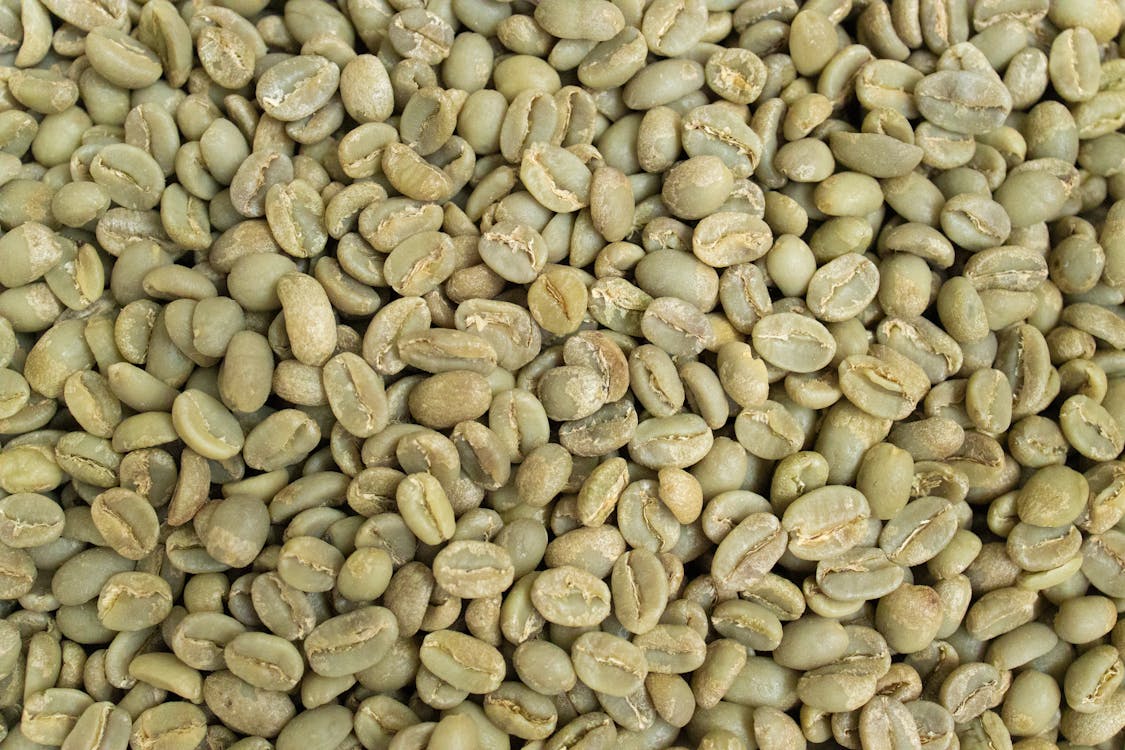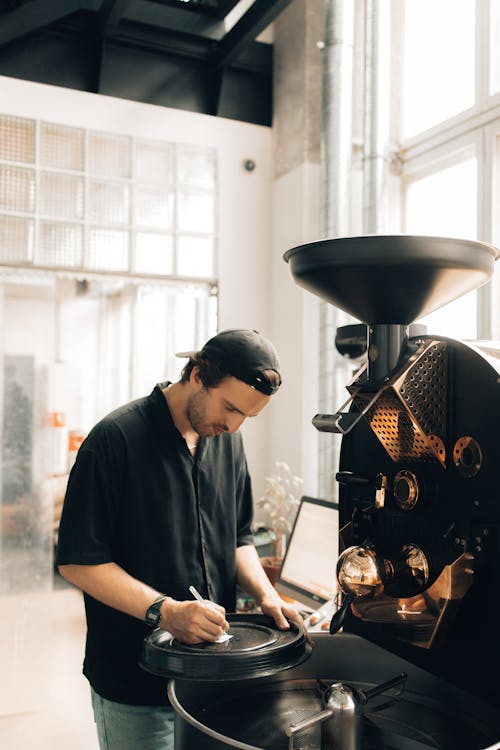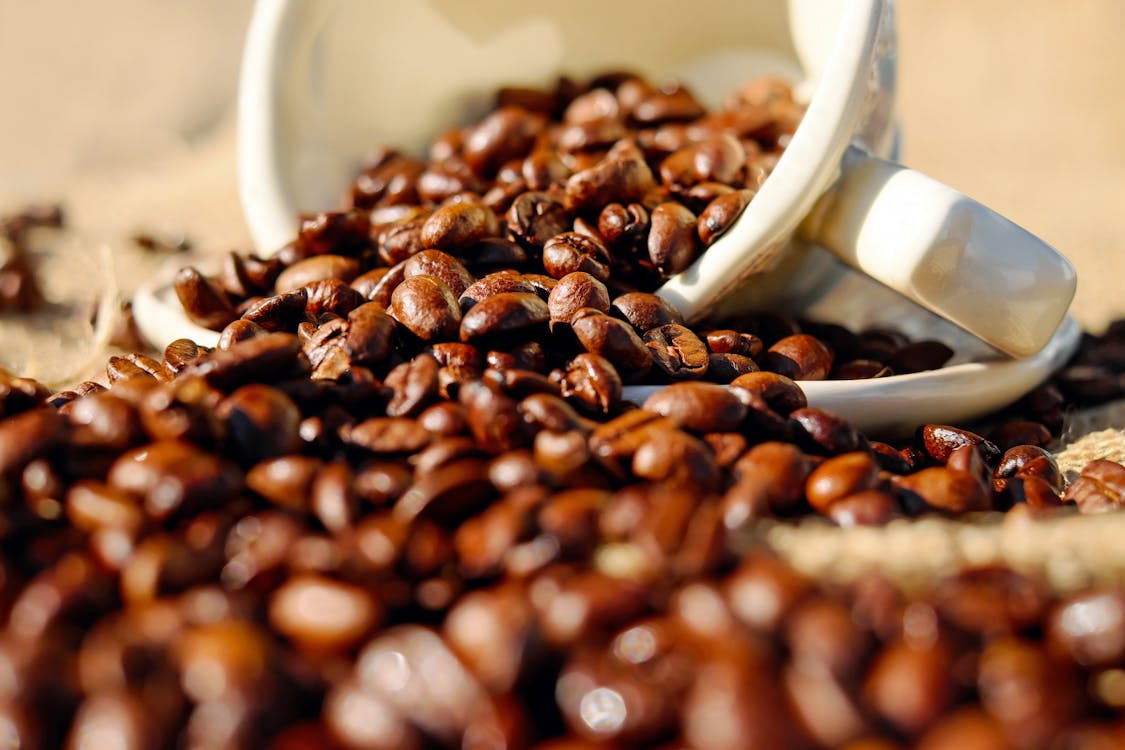Hey, fellow coffee aficionados! Have you ever considered diving into the world of home coffee roasting? It's a fantastic hobby that not only gives you the freshest cup of coffee possible but also allows you to experiment and create unique flavors tailored to your taste buds.

However, as with any new adventure, there are some common pitfalls to avoid during the roasting process. So grab your favorite mug, sit back, and let us share our top 10 mistakes to dodge on your journey to becoming a home coffee roasting pro.
1. Not Knowing Your Green Coffee Beans

Think of green coffee beans as the raw ingredients for your culinary masterpiece. Just like a chef wouldn't start cooking without knowing the individual flavors and textures of a dish's components, you shouldn't start roasting without understanding your green coffee beans.
Each type of bean has its own personality. The origin, variety, elevation, and processing method of a batch of coffee beans all play a role in its flavor potential as well as how it acts during roasting.
For instance, beans that are higher-density tend to take longer to heat up in the roasting process, but things usually move quickly once they hit first crack. Beans with a lower density, like Brazilian coffee beans, tend to heat up faster at the start of a roast and are easier to burn if you're working with high temps. So, do your homework! Research the different types of coffee beans available and choose ones that match your needs.
2. Not Understanding How Your Roasting Equipment Works
No matter what type of roasting equipment you're using -- an air coffee roaster or a drum coffee roaster, or even a hot air popper (or popcorn popper) -- your roasting machine is your sidekick in this adventure. Get to know its strengths and weaknesses. Learn about the different parts of your coffee roaster and how your machine heats beans: Does it use convection, radiation, or conduction?
Also, learn how to control the heat, airflow, and roast time to achieve the desired results. For example, it's easier to scorch coffee beans in some drum roaster types (where the bean's exterior is burned but the inside remains raw), so extra attention may be needed.
Don't be afraid to experiment with different settings on your machine to find the sweet spot for your particular roast.
3. Skipping the Preheating Stage
Imagine trying to bake a pizza in a cold oven. It wouldn't turn out very well, would it? The same goes for roasting coffee beans. Preheating your home coffee roaster ensures that the temperature is consistent throughout the roast process.
Without preheating, it's impossible to know if your machine has hot or cold spots that will cause uneven distribution of heat. This is crucial for preventing under-roasted or over-roasted coffee beans. So, give your roaster a good warm-up before you start roasting those green beans.
4. Ignoring the First Crack Symphony
Listen closely, and you'll hear a symphony of cracks during the coffee roasting process. The first crack in coffee roasting is a pivotal moment. It signifies a physical and chemical transformation as steam builds up within the bean, causing it to expand and crackle audibly.
This marks the beginning of the development of desirable flavors and aromas as sugars caramelize and acids break down. Roasters use the first crack as a benchmark to determine roast levels, aiming for light, medium, or dark roasts based on the time elapsed after this crucial stage.
Generally, to obtain light roasts, end the roast very soon after first crack starts. For a medium roast, roast for 1-2 minutes after the first crack begins. Lastly, for darker roasts, end the roast beyond 3 minutes after first crack.
5. Not Taking Notes

Consider your coffee roasting notes your personal treasure map to getting that perfect roast. The professionals at the best coffee roaster businesses meticulously keep track of the roast time, temperature, and any adjustments made during each roast, ideally logging temperature at least every 30 seconds. Home roasters should do the same!
This allows you to analyze your results, learn from your mistakes, and replicate successful roasts in the future. Plus, it's fun to look back and see how your roasting skills have evolved over time, leading to better and better coffee.
6. Neglecting Proper Cooling
After the satisfying symphony of crackling beans in your roaster, the urge to brew a cup is undeniable. But wait just a moment, eager coffee lover! Freshly roasted beans are like a hot engine -- they need time to cool down before they're ready to hit the road.
Cooling not only locks in those vibrant flavors and aromas you've painstakingly coaxed from the beans but also stops the roast from developing further. Think of it as hitting the brakes on a speeding car. If you don't cool the beans quickly, they'll continue to roast internally, leading to burnt and bitter flavors.
In addition to cooling, freshly roasted beans also need time to degas -- release the carbon dioxide that's trapped inside. Without sufficient time for the CO2 to dissipate, the coffee may taste sour or lack sweetness due to uneven extraction.
So, spread those beautiful beans out on a cooling tray and let them breathe for at least 24 hours. It may seem like an eternity, but trust us, your patience will be rewarded with a cup of coffee that's smooth, balanced, and bursting with the flavors you intended.
7. Overlooking Roast Defects

Even the most experienced roasters encounter occasional imperfections in their beans. Familiarizing yourself with common defects can help you troubleshoot and improve your technique:
Scorching
These beans have burnt tips or edges, often caused by excessive heat early in the roast. Look for dark, shiny patches on the bean surface. To prevent scorching, lower your initial charge temperature or decrease your batch size.
Tipping
Similar to scorching, but the burn marks are localized to the "tips" of the beans. This can be caused by uneven heat distribution in the roaster or excessive drum speed. Try decreasing your drum speed and/or initial charge temp, along with raising the length of your roast profile.
Underdevelopment
Beans that haven't been roasted long enough may taste grassy or sour. They may also appear lighter in color and lack the oily sheen of well-developed beans. Extend the roast time slightly, particularly the development time after first crack, to ensure proper flavor development.
Quakers
These beans remain pale and underdeveloped even after roasting. They are often caused by immature or damaged beans in the green coffee batch. While difficult to prevent entirely, carefully sorting your green beans can minimize their presence.
Baking
This defect occurs when the beans are exposed to prolonged low heat, leading to a flat flavor. Look for beans that lack the characteristic coffee aroma and taste. To avoid baking, ensure your roaster reaches an adequate temperature before charging the beans and maintain a consistent Rate of Rise (RoR) throughout the roast.
8. Not Adjusting for Ambient Conditions
Coffee roasting isn't a one-size-fits-all process. Factors like humidity, ambient temperature, and even the altitude can influence how beans roast.
Temperature
Colder temperatures might require a higher charge temperature or more heat throughout the roast to compensate for the chill. Conversely, hot days could demand a gentler touch to avoid scorching.
Humidity
Humidity significantly impacts your roast. Higher humidity in the roasting environment increases heat transfer, leading to faster moisture loss and potentially quicker roasts. Conversely, low humidity can dry out beans, requiring less heat overall.
Atmospheric Pressure
Barometric pressure, the weight of the air around us, can affect your roast. Higher pressure means denser air, which creates more resistance for your roaster's fan, leading to lower airflow. Conversely, lower pressure results in less resistance and potentially higher airflow. Be mindful of the barometric pressure on your roast days and adjust your fan speed or heat accordingly to maintain consistent airflow.
Altitude
Higher altitudes mean lower air pressure, which can alter heat transfer and evaporation rates. Roasting at higher elevations might require you to increase the temperature at which you roast coffee, while lower altitudes may require you to lower your roasting temps.
By tuning into these subtle cues from the environment, you can adapt your roasting technique and create consistently delicious coffee, no matter the weather or altitude. Remember, a masterful roaster isn't just skilled with their equipment but also attuned to the world around them.
9. Not Cupping Your Roasts

The art of coffee cupping is the practice of systematically tasting and evaluating your roasted coffee beans. It's a valuable tool for understanding how your roast profile affects the final flavor. By cupping your roasts, you can identify any subtle nuances or inconsistencies and fine-tune your roasting technique accordingly. So, don't skip this crucial step in your coffee roasting journey!
10. Forgetting to Clean Your Roaster
Your coffee roaster is your faithful companion in this coffee adventure, so treat it with respect. A dirty roaster can harbor old coffee oils and residue, which can impart unpleasant flavors to your fresh roasted coffee beans. Make it a habit to clean your roaster thoroughly after each use. (Part of cleaning includes removing any chaff or debris that could be a fire hazard.) This will not only ensure the best-tasting coffee but also prolong the life of your roaster.
Setting Up for Success When Roasting Coffee At Home

Congratulations! You've now embarked on the exciting journey of home coffee roasting, armed with the knowledge to avoid common pitfalls that can hinder your success. Remember, understanding your beans, mastering your equipment, and paying attention to details like preheating, first crack, cooling, and degassing are essential for achieving consistently delicious results.
Don't be afraid to experiment, take notes, and learn from your mistakes along the way. Each roast is an opportunity to refine your skills and discover new flavor profiles. And most importantly, have fun with it! Roasting your own coffee is a rewarding experience that allows you to connect with your coffee on a deeper level.
So, what are you waiting for? Start roasting, explore different origins and varieties, and most importantly, share your experiences with us! Leave a comment below and tell us about your home roasting adventures, challenges, and triumphs. We'd love to hear from you.







Leave a comment